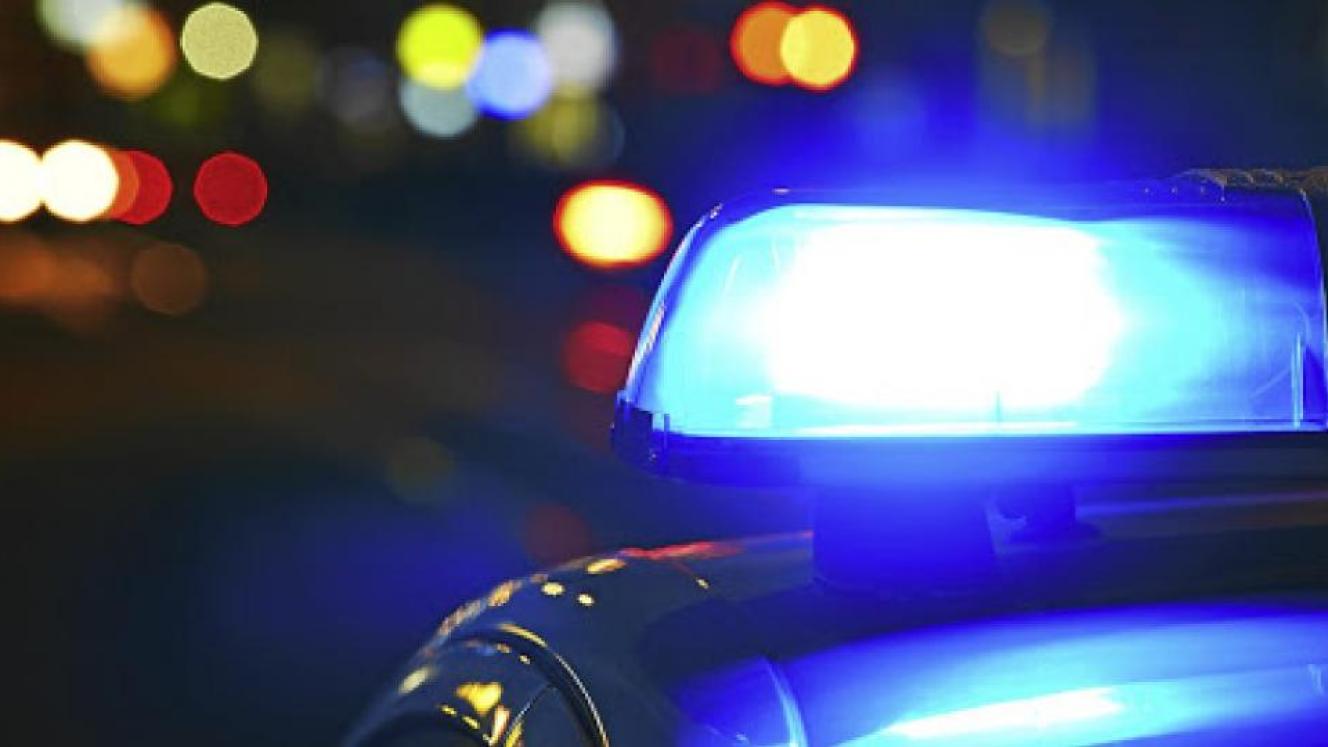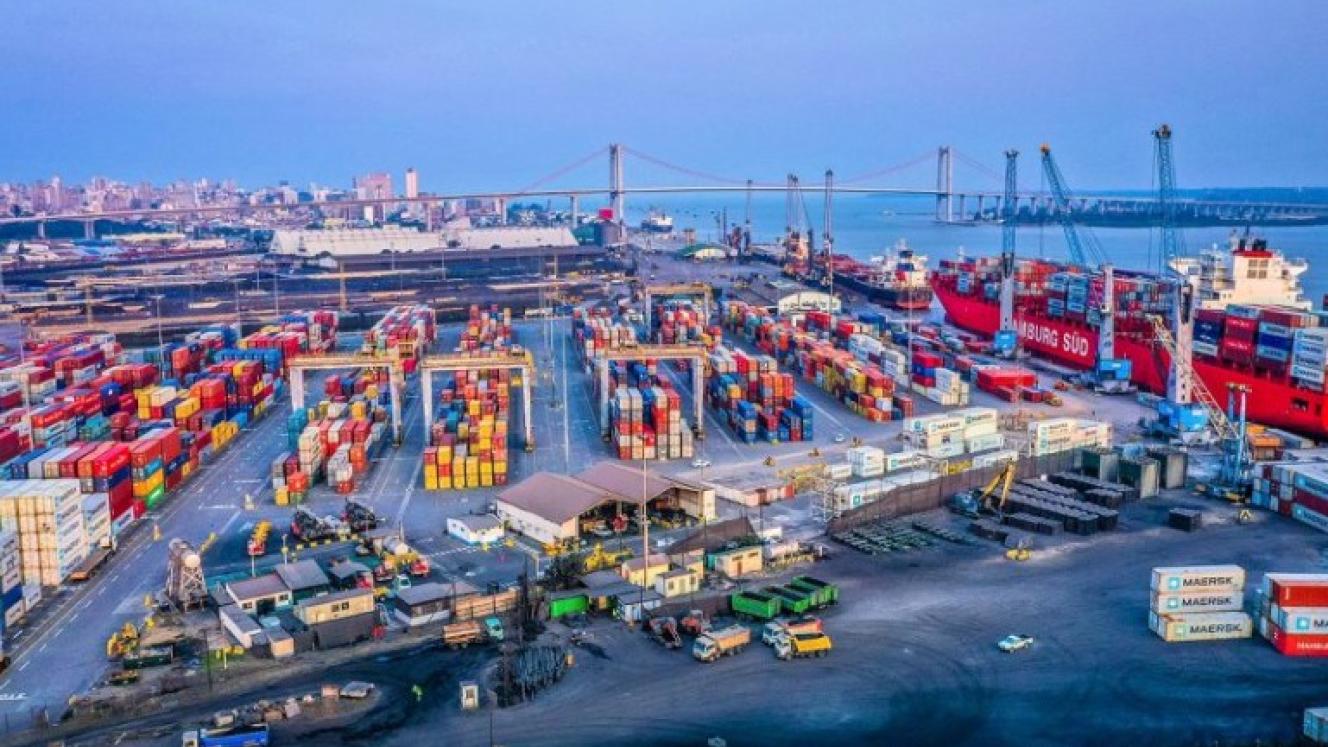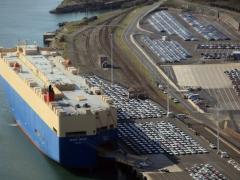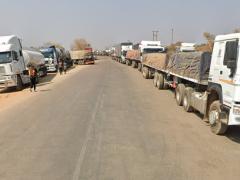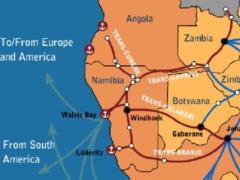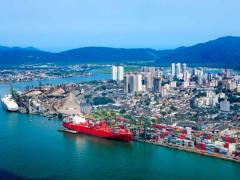Hair-raising detail of an encounter with bogus traffic officials has prompted the Transit Assistance Bureau (Transist) to expose the dangerous modus operandi of criminals perpetrating blue-light crime.
In the incident earlier this week between Thabazimbi and Northam in Limpopo Province, the driver of a pick-up truck (bakkie) recalled how at about seven in the morning a ‘traffic cop’ asked him to stop.
He said there was a white car with the necessary official signage parked on the other side of the road with another two men standing alongside it.
After he was asked for his driver’s licence, a scuffle ensued with the assailant who had asked for it.
A firearm was brandished and shoved through the driver’s window but he managed to grab the person’s arm, pulling the pistol’s cocking mechanism backward so it couldn’t fire.
Amid failed attempts by the assailant to grab a bag containing the driver’s iPad and his cell phone with his free arm, the driver managed to get the truck started again and started pulling away.
Shots were fired by the other accomplices but the driver wasn’t hit, and although the assailant managed to run alongside the bakkie, he finally fell as the vehicle’s speed increased and was run over as the driver let go of his arm.
The victim, who shared his ordeal with Transist, said police had told him blue-light crime was usually perpetrated by several people using one ‘official’ car.
Police have warned motorists and truck drivers not to stop for ‘road blocks’ and ‘traffic police’ when there’s only one vehicle with several ‘officials’.
Traffic officers and police, they said, would always have several vehicles involved.
A former police captain and current forensic specialist working for Transist has since issued the following precautionary measures:
- A truck driver must have a panic button around his neck that he can activate. The truck must have the same. Once he is stopped by a policeman or traffic police he must press the panic button. The armed response company must then get activated.
- The tracking company must install a device into the truck that will force the truck to drive at 5 km per hour.
- The trip must be pre-flagged on the tracking system and when the driver is not sure, he should drive to the nearest police station and report the incident. The important aspect is don't stop if you’re not sure.
- If it’s a truck, call the nearest police station after you have pressed the panic button and inform them of the incident. Also call the nearest police station so that they can send a vehicle. Keep the passenger doors closed and install extra plastic cladding on all windows just in case they shoot. It may still hurt you but the impact may be less.
- The same applies if you’re travelling in a car or bakkie. Follow your gut feeling. Problem is that on all the major highways we have traffic cops during day as they do speed monitoring. At night I won't stop if a traffic cop stops me. I will manipulate the situation by driving to the closest garage or police station where there are witnesses.
